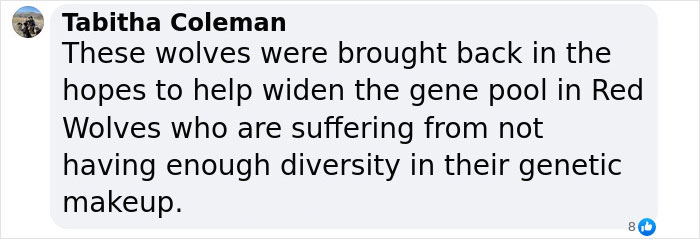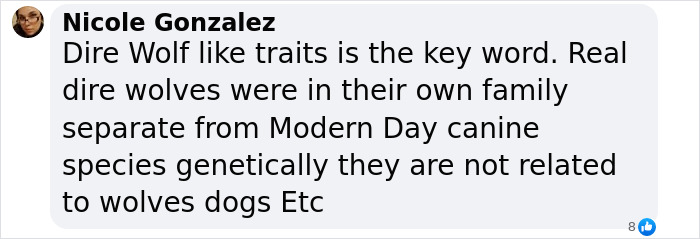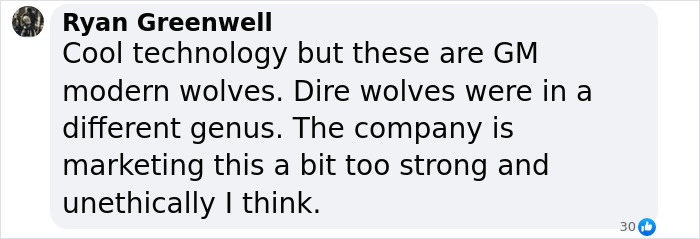Science has once again pushed the boundaries of possibility—this time, by reviving a creature that vanished over 10,000 years ago.
A team of researchers has successfully brought the dire wolf back from extinction, reintroducing a lost apex predator that last walked the Earth long before the rise of modern civilization.
The breakthrough comes from Colossal Biosciences, a biotech company that has engineered three living dire wolf puppies—effectively restoring a species whose genetic lineage was thought to be lost forever.
Scientists have successfully revived the extinct dire wolf, which vanished off the face of the Earth more than 10,000 years ago
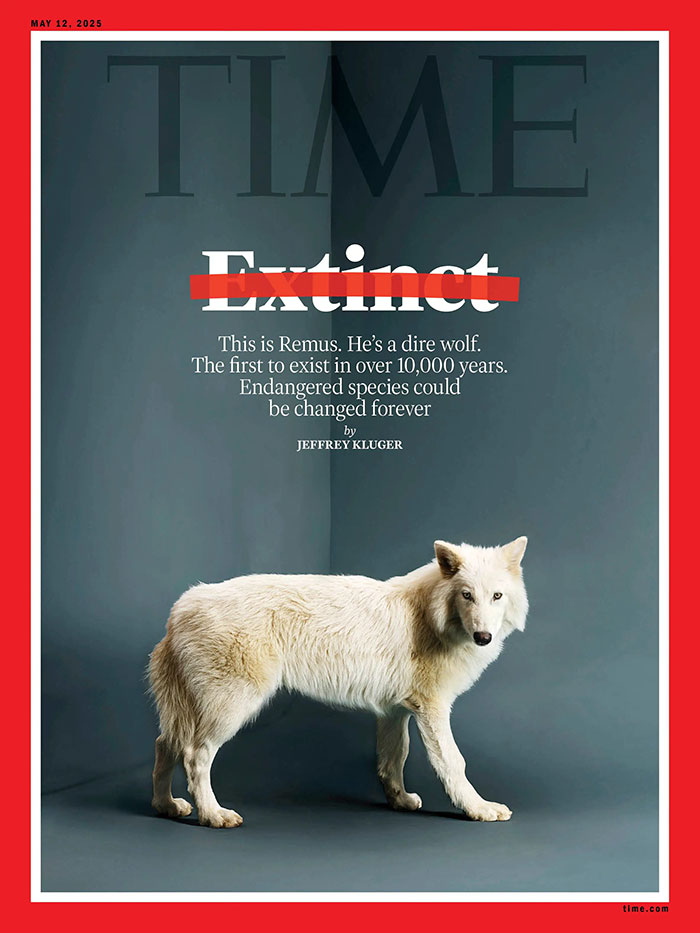
Three dire wolf puppies—six-month-olds Romulus and Remus, and their sister, two-month-old Khaleesi—were created by using ancient DNA, cloning and gene-editing technology.
The species once roamed wild and free in North and South America, leaving behind plenty of remains to tell the story of their lost legacy.
The extinct ‘direwolves’ also famously appeared in the hit series Game of Thrones.
Image credits: TIME
Scientists from the leading genetics company used their DNA to decipher their genome. They then altered the cells of gray wolves—the closest living relative to the dire wolf—to match their genetic code.
Through gene editing, the company modified the traits of the living gray wolves to the point where they matched that of the extinct species.
“Our team took DNA from a 13,000-year-old tooth and a 72,000-year-old skull and made healthy dire wolf puppies,” Colossal co-founder and CEO Ben Lamm said in a statement Monday, April 7.
Romulus, Remus, and Khaleesi are the first of their kind in modern times
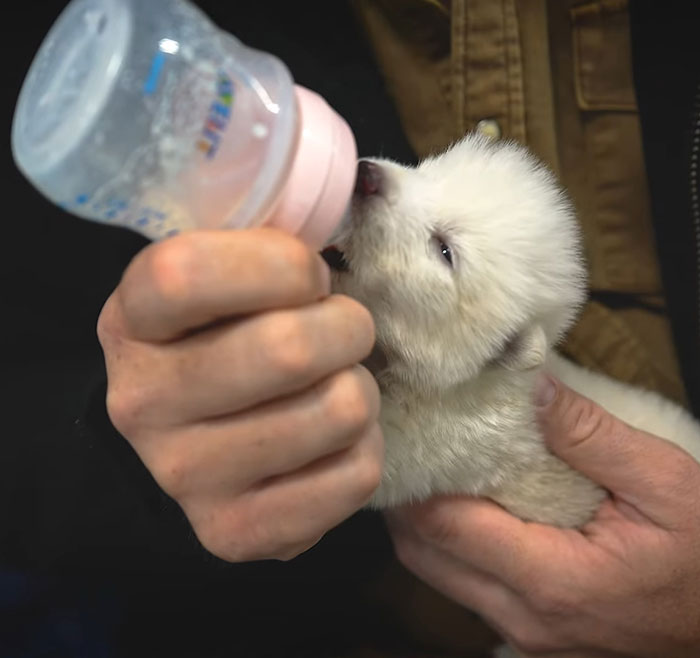
Scientists made about 20 edits in 14 genes in the common gray wolf.
After making the edits, they cloned the most promising cell lines and transferred them into donor eggs.
“Healthy developing embryos were then transferred into surrogates for interspecies gestation,” the company said.
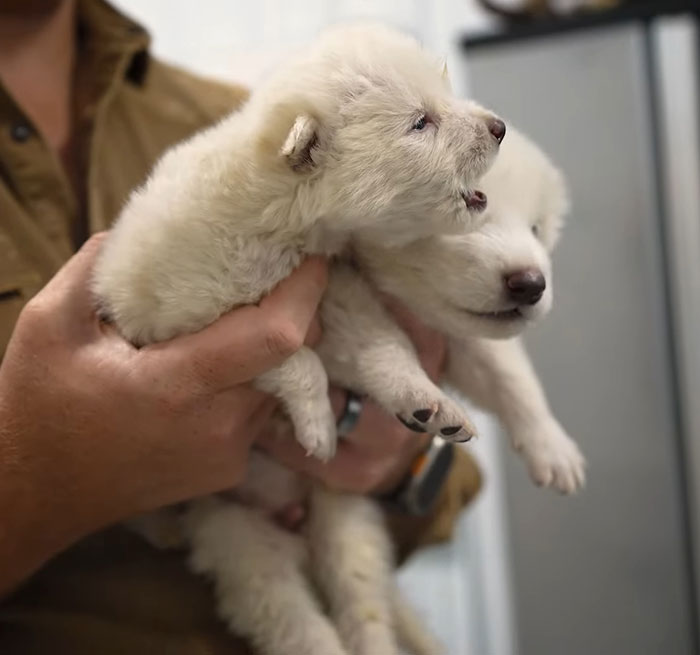
As for the gestation, scientists used domestic dogs as surrogate mothers to give birth to Romulus, Remus, and Khaleesi.
The genetic edits led to Romulus and Remus having a host of different physical traits, like their snowy white coats and differences in howling and whining.
Romulus and Remus are also larger, with wider heads, bigger teeth and jaws, and more powerful shoulders and muscle-packed legs.
Scientists made 20 genetic edits to 14 genes of gray wolves to match the traits of the lost dire wolf
Image credits: Colossal Biosciences
At six months, the two male pups are already 4 feet long and weigh 80 lbs.
They could grow to measure 6 feet and weigh 150 lbs.
Colossal, which kept the dire wolf project a secret until April, revealed in March that it had successfully copied mammoth DNA to create a woolly mouse.
It was “really our first validation,” Beth Shapiro, chief science officer of the Dallas-based company, told People about the small, shaggy creature.
Image credits: Colossal Biosciences
While there was never any prehistoric or historic woolly mouse, the company said the new woolly mice took them one step closer towards bringing back woolly mammoths.
The company opted to go with mice instead of elephants, the closest living relative to the woolly mammoth, because the elephants have a much longer gestation period.
Along with the woolly mammoth, Colossal also hopes to de-extinct the dodo and the Tasmanian tiger.
In addition to the dire wolves, Colossal’s de-extinction ambitions include the woolly mammoth, the dodo, and the Tasmanian tiger
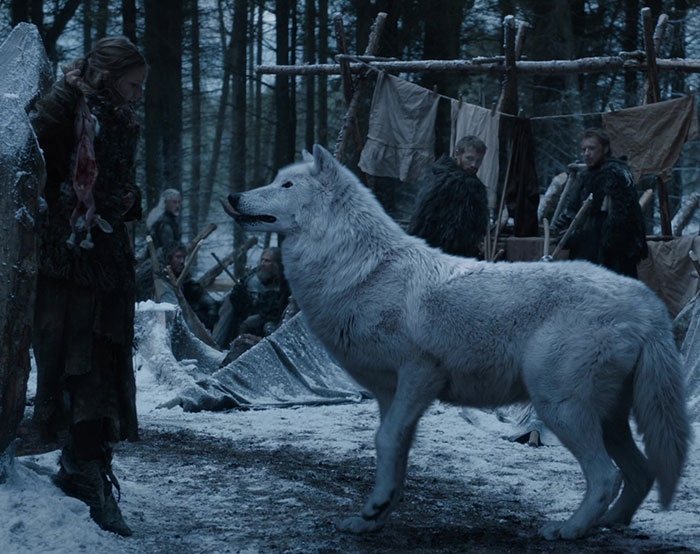
While the woolly mouse was a small step in genetic engineering, reviving dire wolves is a much bigger leap in Colossal’s de-extinction efforts.
The news of reviving extinct species left many excited, but others believe there are serious risks involved.
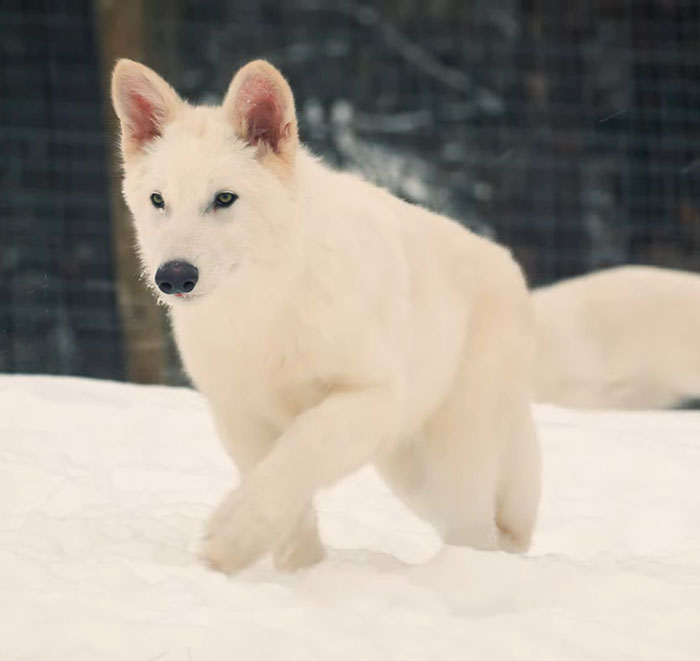
Cloning and gene-editing are fairly nascent fields of science, and several issues, such as organ defects, lack of immunity, and premature aging, have been observed in cloned animals.
Moreover, scientists have noticed that the introduction of new species can adversely affect other animals. For instance, in Australia, a species of toad that was introduced to kill beetles ended up poisoning the marsupials that normally eat that toad.
Netizens had mixed opinions about the news of Romulus, Remus, and Khaleesi’s creation
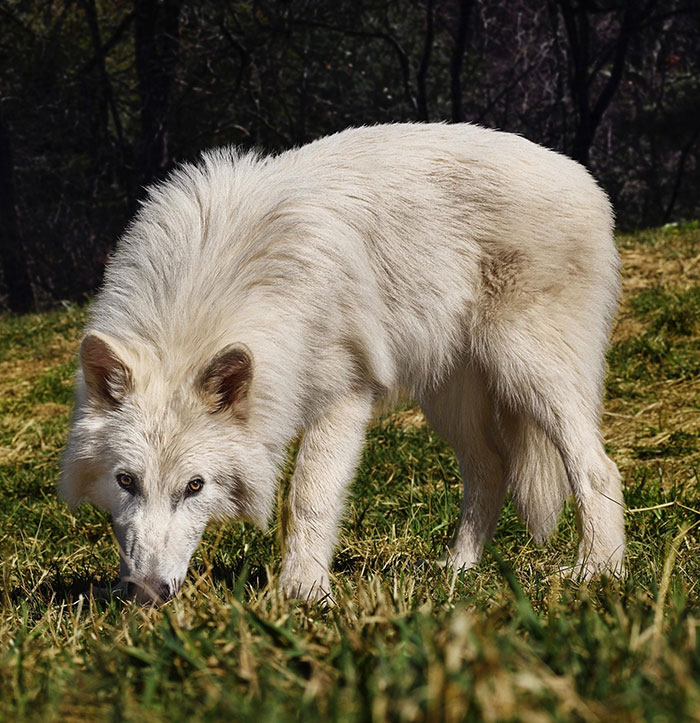
Cloning also carries significant risks, including potential side effects and even fatal consequences for the surrogate mother carrying the cloned embryo.
Netizens had mixed opinions about the news of Romulus, Remus, and Khaleesi’s creation.
“Dragons next? Let me know,” one commenter said. “Could use a few.”
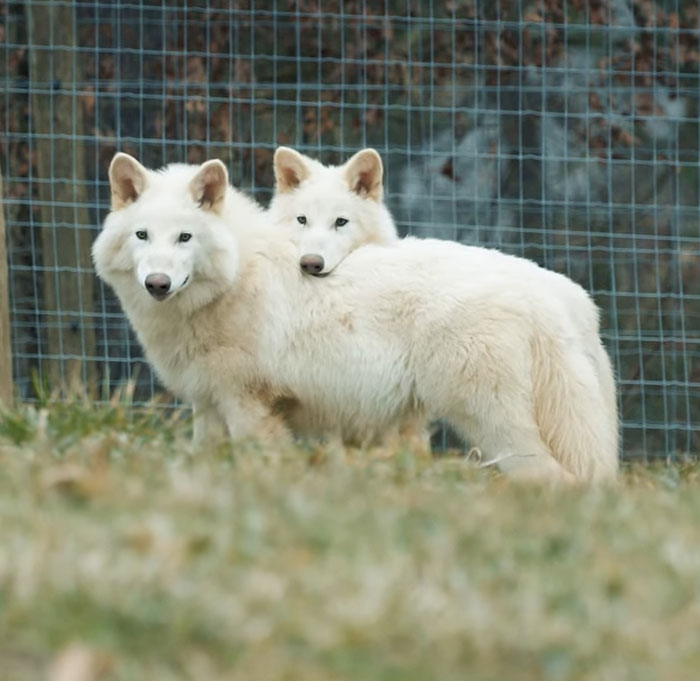
“I’m waiting for the woolly mammoth to make a come back,” another wrote.
“This is a bad idea, Jurassic Park explains it,” read a third comment, while a fourth wrote, “it may have gone extinct for a good reason.”
“This won’t turn out well,” a person said.
“Make me a tiny pet dinosaur,” one social media user said
Image credits: Colossal Biosciences
“My issue with genetic mutation like this and bringing back extinct species like this (not ones caused by human involvement) is that there’s natural selection for a reason, and bringing species that have long since been extinct can cause further harm to our environment,” another said.
“Wasting time and resources. I’m all for balance in nature but this doesn’t seem to be the way forward,” another opinion read.
The news about the dire wolves sparked heated discussions online


